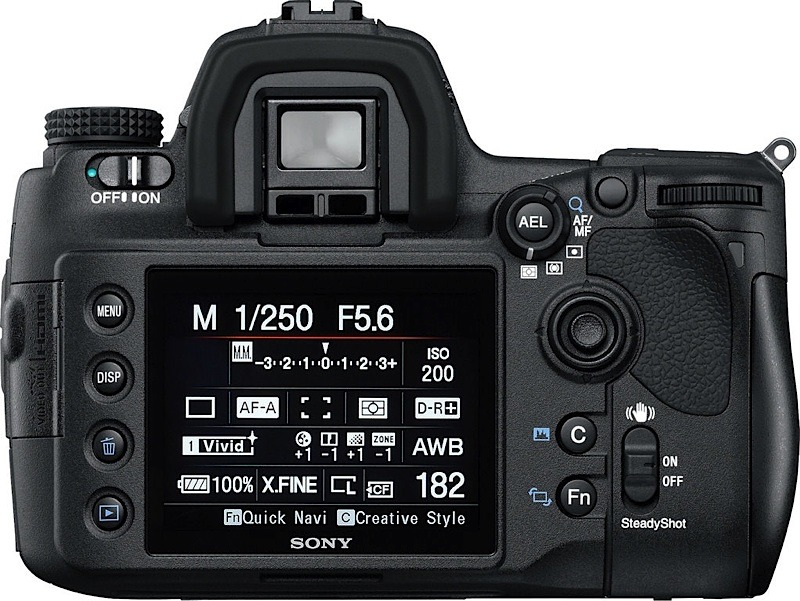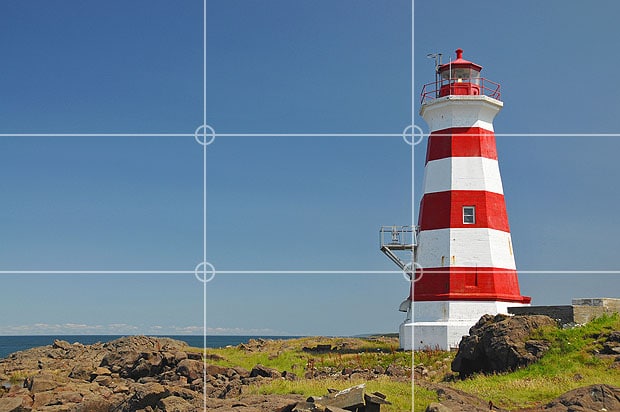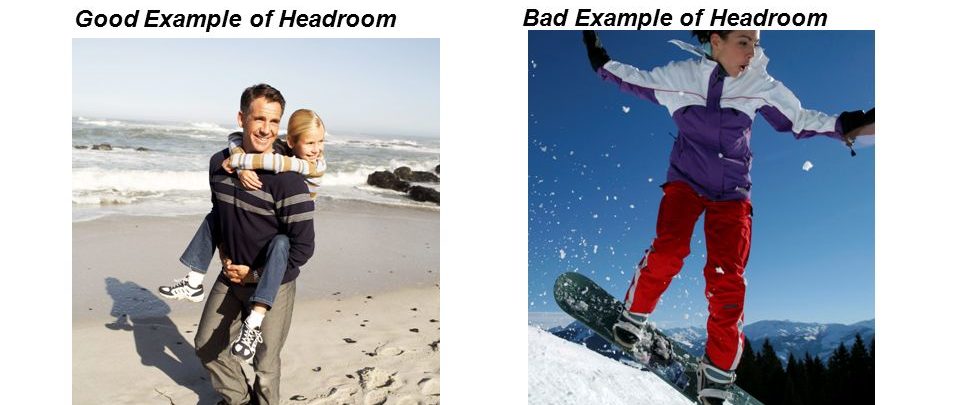Having the ability to troubleshoot your own technical issues, or being able to bring secondary skills to the table can be a huge asset in many ways. First, it makes you more valuable to an employer if you’re able to contribute to the setup and take down of your broadcast or produce great digital content, and it affords you more comfort in your surroundings. In this edition of Tech Tips, we’ll look at photography and provide a quick overview of some of the field’s terminology and basic principles.

Basic Terminology
Shutter Speed
The term ‘shutter speed’ is a throwback from the old school days of film cameras. Without getting too technical, the shutter refers to how quick an image is taken. In the old days, a ring would spin inside a camera and the higher the shutter speed, the quicker the exposure. Think of it like blinking, but in reverse. The quicker you blink, the less black you see when your eyes are closed. In this case, the black is your image. The slower or longer the blink, the more black and more image.
In photography, shutter is displayed as a fraction. Using the image above, the shutter speed is shown as 1/250. This means the photo will be taken at one two hundred and fiftieth of a second…pretty fast. High shutter speeds are great for sports photography where the action is always moving. Low shutter speeds let more of the image in and that’s when you introduce things like motion blur.
So why not just set your shutter speed to 500 and get crystal clear photos? Well there is a downside to shutter speed. Going back to our old school camera analogy, the higher the shutter speed, the less the gap in the ring meaning the less light that gets into the camera. It’s the same now. The higher the shutter, the darker your image.
Shutter Speed Pros: Control amount of blur in your image, high shutter=sharp photos
Shutter Speed Cons: High shutter=low light into the camera
Aperture
In cameras, the aperture relates to the amount of light a camera lens allows into the camera. Many digital lenses will come with a range, usually in the F3.5 and up range. The ‘F’ refers to ‘F-stop’ and is the number assigned to the various stages of light allowed into a camera. The F-stop scale is linear, in that each stop…each next step…is half the amount of light than the one previous.

Where aperture can really come into play is in depth of field. We’ll talk more about depth of field below, however aperture greatly dictates how much of our image is in focus. As a general rule of thumb, the lower the F-stop number, the shallower the depth of field and the less that is in focus.
Aperture Pros: Controls light, with the lower the number the more light that is allowed in by the lens
Aperture Cons: Low f-stop number equals less of your image in focus
ISO
Digital cameras have been great for photography. Gone are the days of taking 24 images on a film camera and dropping it off at the drug store. Now we take thousands and sift through them, finding gems to upload to Facebook later. However one of the greatest additions to digital photography has been ISO. ISO is essentially gain, or brightness for your images. The camera takes the image it is being presented with and can make it brighter or darker depending on the ISO setting.
ISO differs from camera to camera, however using the image above you can see that it is set to 200. Many cameras have a native ISO, usually in the 400-800 range. The downside to ISO is that the more you apply it, the higher the number…the more noise and graininess you introduce to your image.
ISO Pros: Easy to adjust the brightness of your image
ISO Cons: Introduces noise and grain to your pictures
Finding a good balance between the aperture, ISO and shutter speed can help you take some great photos. There is no set rule for any situation, you just have to find that right mix at the time. Digital cameras with auto functions take out the guess work on many occasions however those passionate about photography will want to have the camera in manual mode and set them each time.
Photography is more than just about numbers, and it’s important that you understand some of the basic rules that make for a “good” picture, and one that can be used for digital or print media.

Rule of Thirds
This rule dictates that an image can be broken into nine equal segments. This is done by thirds both horizontally and vertically to create a ‘Brady Bunch-esque’ layout for every image. This rule is handy because it helps you compose both great action and scenic shots, but is also valuable for interview setups as well if you produce video.
While every rule is made to be broken, the general idea behind the rule of thirds is to put your primary focus on the top right intersection, similar to the top of the lighthouse in the image above. The human eye can see a lot of things, and it does this by taking a lot of actions without us thinking. By default, the top right and bottom left of images are typically seen “first” and it’s why a lot of news broadcasts will have their anchor on the left of screen with a graphic in the top right and their name starting bottom left.

Most newer digital cameras have a rule of thirds overlay that you can put on the screen to help in the composition of your shots.
Headroom
Whether shooting action shots, portraits, landscapes or whatever, the importance of headroom can’t be understated. Headroom is the space in the image between the top of the screen and the top of your subject. With interviews and portrait photos, the rule of thirds help generate headroom automatically. However action shots can be harder to hit the mark.

The idea is that you want a comfortable amount of room at the top of the frame so it doesn’t appear the subject is getting cut off or squished in the frame.
Here is a great video from IndyMogul on the composition of shots. It’s talking from a video perspective, however many of the principles can be adapted to photography.
The ability to be ‘more’ than just a sportscaster is a growing trend. Gone are the days of being able to show up to a game and just broadcast, and for many sportscasters the actual time on air is just a fraction of their week. Having the ability to shoot, edit, produce, sell and more can make you a more well rounded employee and more attractive to employers when you decide its time to move on.




